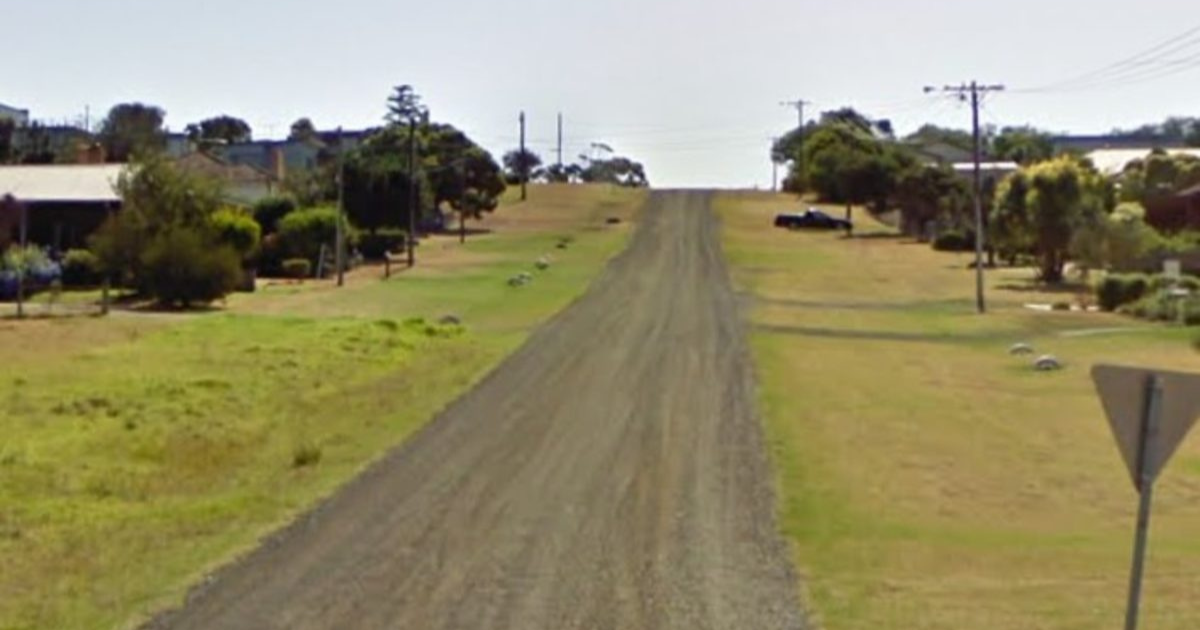Mortgage serviceability cheaper than rentingon over a third of Aussie properties

CoreLogic analysis suggests servicing a mortgage is now cheaper than paying rent on 36.2 per cent of Australian properties, which is higher than the pre-COVID proportion of 33.9 per cent reported in February last year.
CoreLogic head of research for Australia Eliza Owen said the analysis was undertaken at the individual property level, using a set of mortgage assumptions and valuation estimates, to approximate mortgage repayments.
“These were then compared with rental estimates at the individual property level,” Ms Owen said.
Using these estimates of mortgage and rent, the data reveals striking differences in housing costs across different parts of Australia.
Aside from Darwin, regional Australia generally has a larger proportion of suburbs where it’s cheaper to service a mortgage than pay rent.
Property values and rents across the combined regional areas of Australia suggest 60.1 per cent of properties are currently cheaper to service a mortgage than rent, while across the capital cities, this is only true of around one quarter of properties.
“The increase in areas where it is cheaper to service a mortgage than to pay rent across Australia, when compared with pre-COVID analysis, is a reflection of much lower interest costs on mortgage debt since the onset of COVID-19,” Ms Owen said.
“Average new mortgage rates for owner occupiers have fallen from 3.21 per cent in February 2020, to 2.4 per cent as of May 2021, according to RBA data.
“This is one of the factors that may have boosted sales activity coming out of COVID-19 restrictions in 2020; if it makes more financial sense to pay for a mortgage than rent, renting households may have been triggered to look for something to buy as interest rates have fallen.
“However, reduced interest costs have not led to cheaper mortgage serviceability relative to rents in every instance.
“This is especially the case in Sydney, where property values have increased markedly against low interest rates, pushing up loan principals (the amount borrowed) and outpacing growth in rents. ”
Since February 2020, Sydney dwelling values have increased 15.2 per cent while rents only increased 2.1p er cent city wide in the same period.
The relatively subdued rental growth may be largely due to a loss of rental demand from stalled overseas migration, where Sydney and Melbourne have traditionally been the most popular destination for international arrivals in the country.
“The regions where rent payments are more likely to outstrip mortgage repayments generally reflect lower socio-economic areas within a city, where property is not as expensive, but there is demand pressure on rental markets,” Ms Owen said.
“This could be because of affordability constraints on barriers to entry around home ownership (such as a deposit hurdle, professional services or stamp duty payments).
“However, the low interest rate environment is still conducive to better serviceability in many parts of the country.
“The analysis is a good reminder for renters to weigh up housing costs and savings, to see if it is time for a change in tenure.”

















